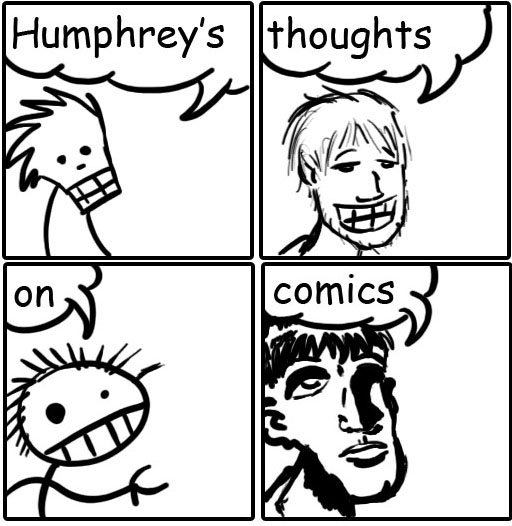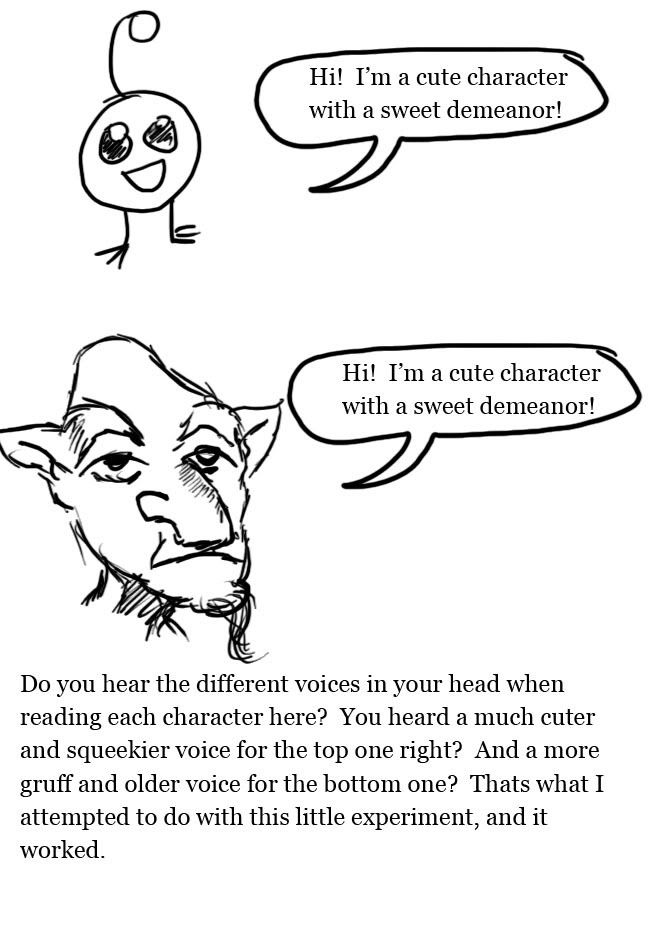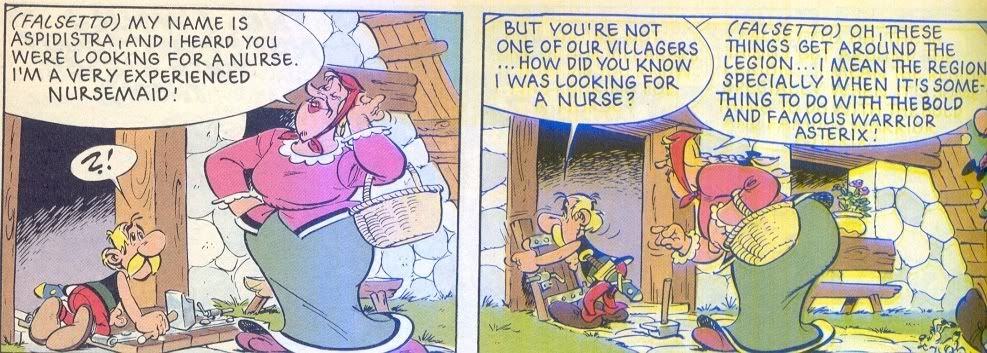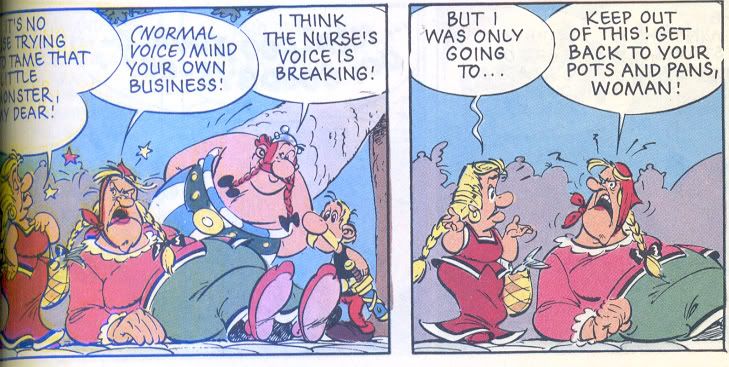Soul Eater is a relatively new series, with that just had its anime start on the 7
th of April 2008.
Is this just another ordinary shonen manga with overpowered young boys, powers and cute girls?
Yes.
But there’s more to it than that.
I would first want to address the art style of Soul Eater. While it does follow the usual principles of large eyes to invoke emotion as well as small noses, the comic does have a unique look in regards to backgrounds and some notable characters. One major gripe that I have found often in many manga (I’ll write about this in a later post) is that all characters have to be so beautiful. This is true for most of the characters here as well, but there are notable exceptions. Look below and you will see 2 of the main characters, showing off 2 polar opposites that define the comic.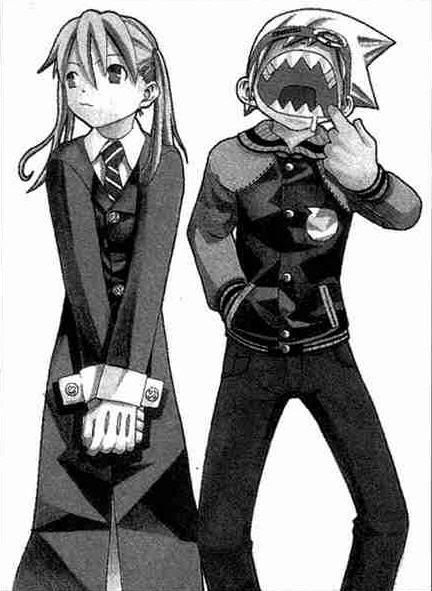
The comic mixes traditional anime culture with a fresh new surrealistic and perhaps even daring vision for a manga. Evil humans in this manga are caricatured versions of either real or fictional villains of our world, and the author takes many liberties in how to draw them. Take Jack the Ripper below here for instance: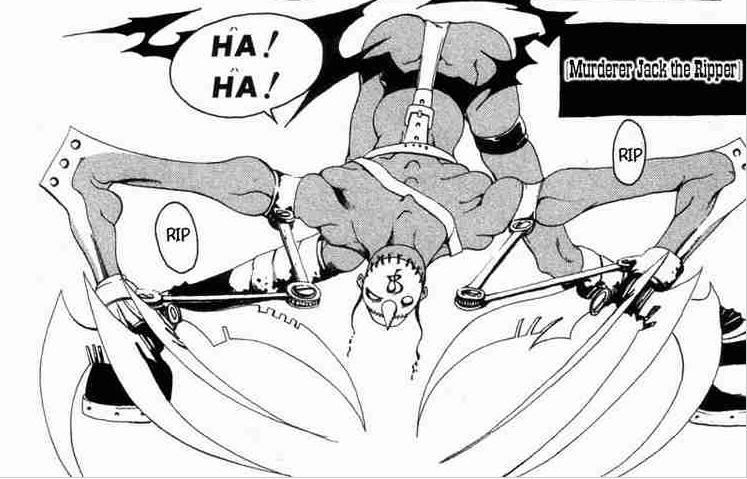
He took the concept of a man who sliced people up and really played on it. He did the same for these others underneath (can’t figure out who Sonson J from Emerald Lake is, can’t find the name in Wikipedia):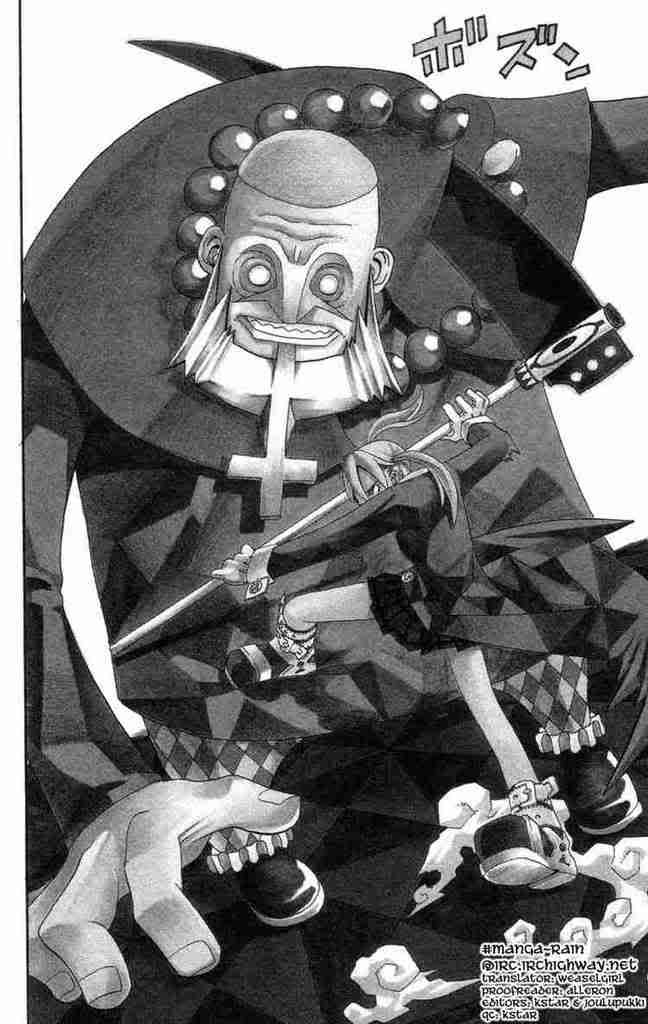
Rasputin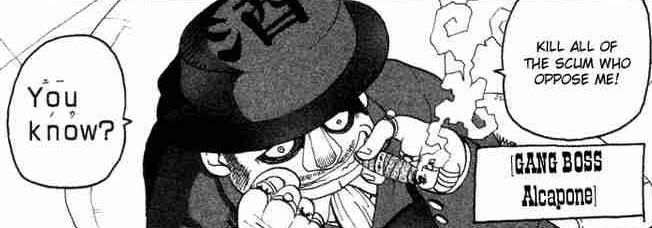
Alcapone
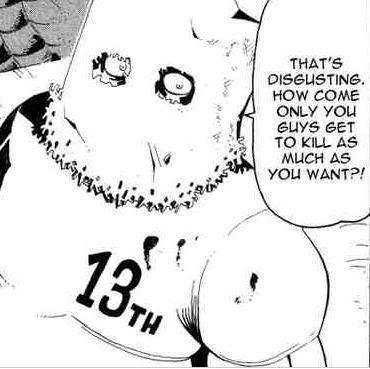
Sonson J
Backgrounds are amazing in this comic. It’s all wonky and defies rules of perspective, fitting in with the crazy nature of the c haracters.
haracters.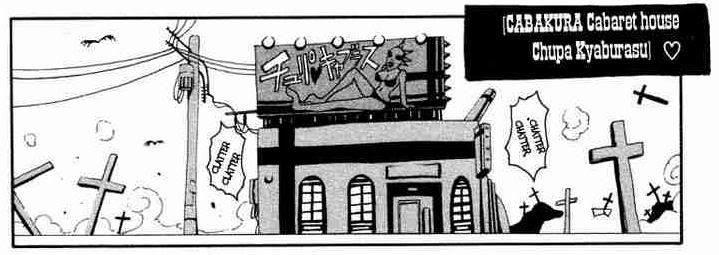
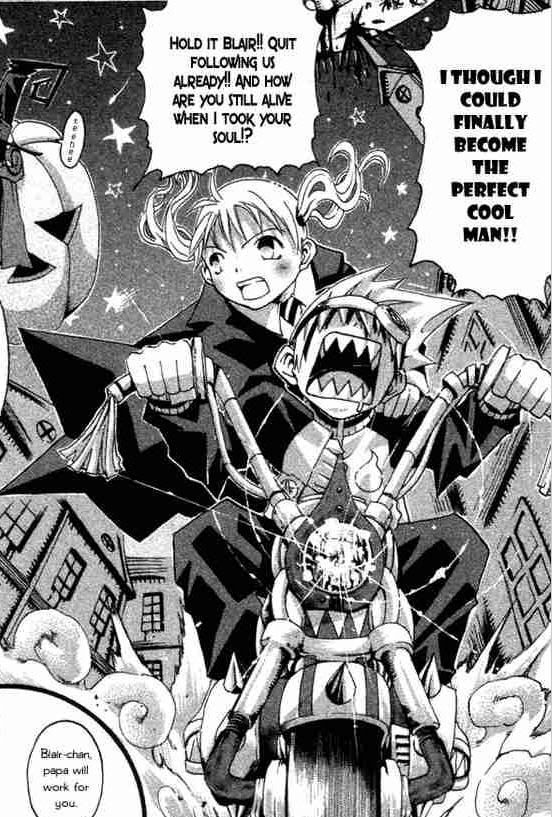
One thing that the author did very well with was the characters themselves. Ookubo Atsushi did a good job with the characters’ designs and personalities. The 2 main characters I showed previously are the more mundane manga stereotypes with rather placid and plain personalities, though still likable. Ookubo truly succeeded with the characters of Black Star and Death the Kid. Black Star has that Naruto demeanor of being the best (heck, he’s even a ninja/assassin just like him) but failing miserably. The interesting idea here is that he actually is really powerful, and thus lives up to his boasts when the time comes. Death the Kid puts almost Adrian Monk to shame in terms of OCD. While he isn’t particularly a germaphobe, he does take pride in concepts such as balance and symmetry. He even breaks down crying due to the fact that his hair isn’t symmetrical and once refused to kill an enemy despite the fact he was beating the heck out of him due to him not wanting to ruin the perfect symmetry of the enemy.
These are great character personalities that really stand out, thus redeeming the characters for having bland and usual appearances, though not all characters are like that either:
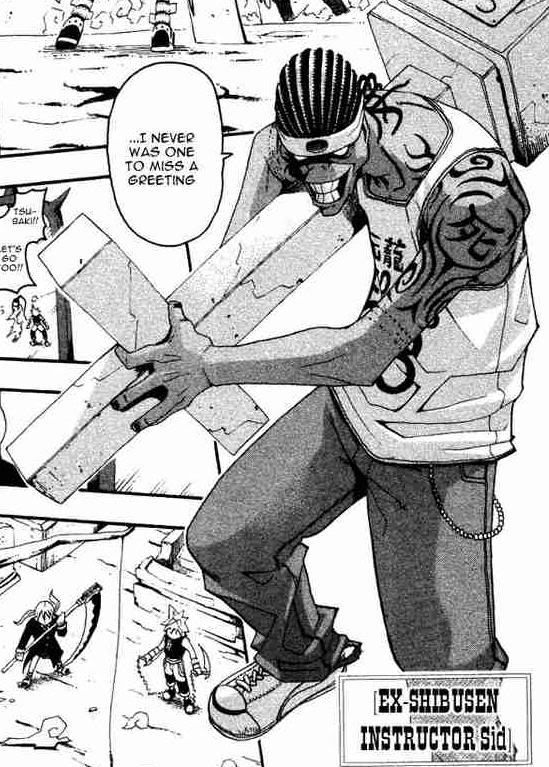
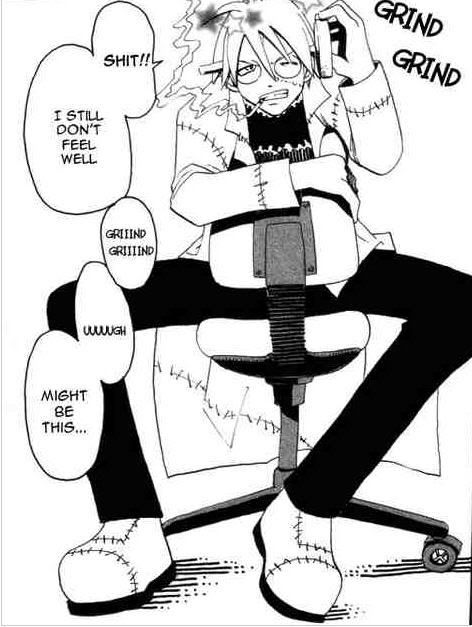

Now, what is this comic about? Well, to summarize, it’s about a special academy where young students learn how to use or become weapons that destroy evil humans such as those mentioned above. For each human villain they defeat the weapon gets to eat it, and once the weapon has 99 human souls, s/he can eat a Witch’s soul and become a Death Scythe, the weapon used by the grim reaper himself. To clarify, there are some characters that can become a weapon or tool, such as a scythe or gun, and others who use them. Sound intriguing, but I was immediately dumbfounded by HOW do they know or choose to become either a weapon or a user? Perhaps an unimportant question, but it does bug me. Either way, as most manga and anime, the story changes dramatically after the first couple of volumes. From simply being exciting missions of villains we are treated to epic battles between good and evil (*yawn* like we haven’t seen that before) in the form of Shibusen (the grim reaper academy) and the Witches. While the overall synopsis is identical to shonen mangas, it’s the details that make it stand on its own. The character relationships, the traitors between both sides, the changes of heart, it all makes it an intensive read that makes you care what happens and I have found myself actually cheer characters on as well as boo others while reading it.
An important point to point out is that this is a Shonen GanGan title, meaning that it’s a monthly comic. What this means is that each chapter is about twice as long as any chapter from Shonen Jump. This means that a huge battle doesn’t span as many chapters as a Naruto one would for example, but the final page sum would probably be equal. How ever, this means that a lot of things can happen in a single chapter, rather than being 3 chapters that haven’t shown any progression at all (Bleach, I’m looking at you and your fight scenes!).
Action wise, this series is a blast. Having Maka swing Soul in scythe form through enemies, Black Star chain up his foes and Death the Kid shooting the heck out of villains with his pinky fingers on the triggers is amazing. Characters have distinct powers and abilities that fit their personalities as well as allow for exciting battles. Theres one later character who is a weapon, which is a chain saw, and thus he can make different parts of his body act like one, slicing through bodies and objects, as well as witches with distinct powers based (loosely) on animals. So far there haven’t been too many Bleach fights, which is good, so the battles are still fresh and innovative. My one gripe would be how the characters can take so much damage. Young kids can take gun shots to the head with little more than smoke distracting them, as well as slicing each others throats and even using their own blood as a weapon.
A second gripe would be the constant fan service in the manga. While we know the Japanese like the upskirt shots of the female characters as well as the inevitable Onsen scenes, it’s taken to such an extreme where you wonder if this is the kind of manga you save for late nights. Though it has toned down somewhat, its still quite common in the comic, which is either a good thing or a bad thing depending on your taste.
In conclusion, I would say that this is a fine comic that is worthy of attention mostly from anime fans, since the premise and style would certainly only appeal to them. It’s an action packed comic with a zany art style and a lot of fanservice, so it’s worth checking out.
4 out of 5 stars





